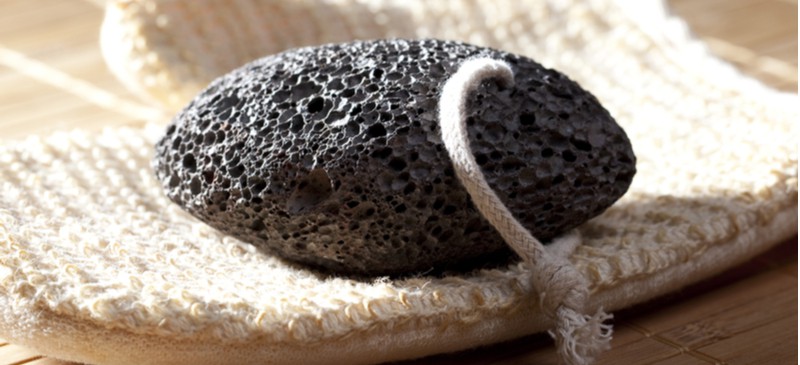
How to Use a Pumice Stone for the Feet & Rough Skin
Introduction:
A pumice stone is a simple yet effective tool that can work wonders in achieving softer, smoother feet. Its natural abrasive texture gently exfoliates rough skin, revealing a rejuvenated and healthier appearance. This article will guide you through the proper techniques and precautions to follow when using a pumice stone, ensuring optimal results and maintaining foot health.
1. Begin with Clean Feet:
Before incorporating a pumice stone into your foot care routine, it is essential to start with clean feet. Wash your feet thoroughly using mild soap and warm water. Pat them dry with a clean towel, paying attention to areas that are typically prone to roughness, such as the heels, soles, and sides.
2. Soak Your Feet:
Prepare a basin or tub filled with warm water and add a gentle foot soak or a few drops of mild liquid soap. Immerse your feet in the water and allow them to soak for 10-15 minutes. This step helps soften the skin, making it easier to remove rough patches and calluses using the pumice stone.
3. Precautions:
While using a pumice stone, it is crucial to exercise caution to avoid injury or irritation. People with diabetes, poor circulation, or sensitive skin should consult a healthcare professional before using a pumice stone. Additionally, refrain from using a pumice stone on open sores, wounds, or infected areas.
4. Moisturize Your Feet:
Once you have soaked your feet and dried them, apply a moisturizing cream or lotion. This step helps maintain hydration and prepares the skin for pumice stone exfoliation. Gently massage the moisturizer into your feet, paying special attention to the rough areas.
5. Using the Pumice Stone:
Hold the pumice stone firmly, applying light to medium pressure against the rough areas of your feet. Move the stone in circular motions or back and forth, targeting the heel, ball of the foot, and any other areas with calluses or rough patches. Remember to maintain a gentle touch to avoid overexfoliation or skin damage.
6. Rinse and Inspect:
After using the pumice stone, rinse your feet thoroughly with warm water to remove any debris or residue. Pat them dry with a clean towel and inspect the skin. If necessary, repeat the process to further smooth the rough areas, but always be mindful of not overusing the stone.
7. Apply Moisturizer Again:
Following the exfoliation process, reapply a moisturizer to replenish the moisture and nourish the skin. Massaging the lotion or cream into your feet will help lock in hydration and promote skin rejuvenation.
8. Regular Maintenance:
Incorporating the use of a pumice stone into your foot care routine should be done regularly but with caution. Aim for a weekly session or adjust the frequency based on your individual needs. Consistency is key in maintaining smooth and healthy feet.
Conclusion:
A pumice stone can be a valuable tool in achieving softer, smoother feet by gently exfoliating rough skin. By following the proper techniques outlined in this guide and exercising necessary precautions, you can effectively incorporate a pumice stone into your foot care routine. Remember to prioritize foot hygiene, moisturization, and regular maintenance to enjoy the benefits of healthier, more radiant feet.